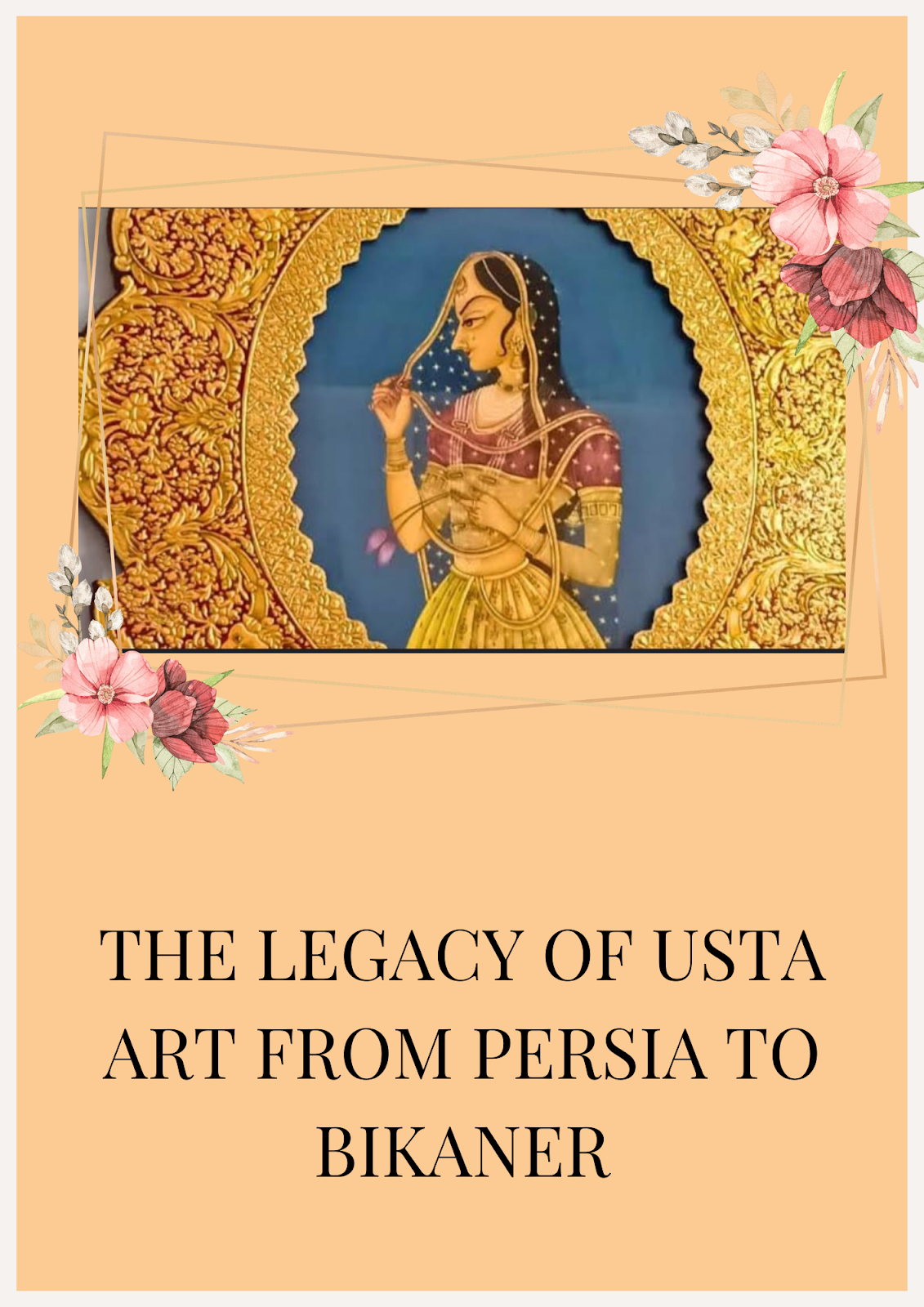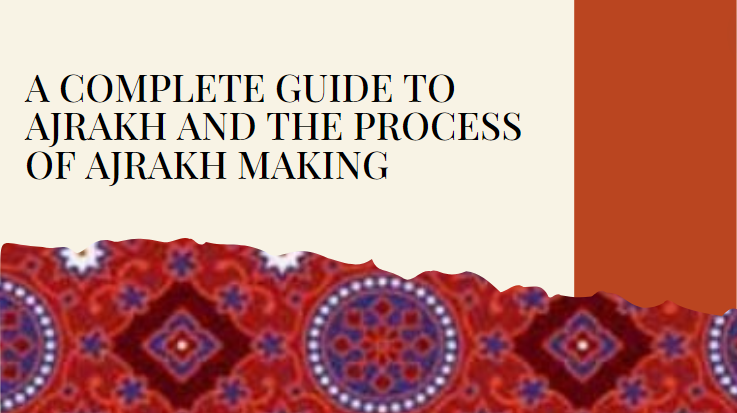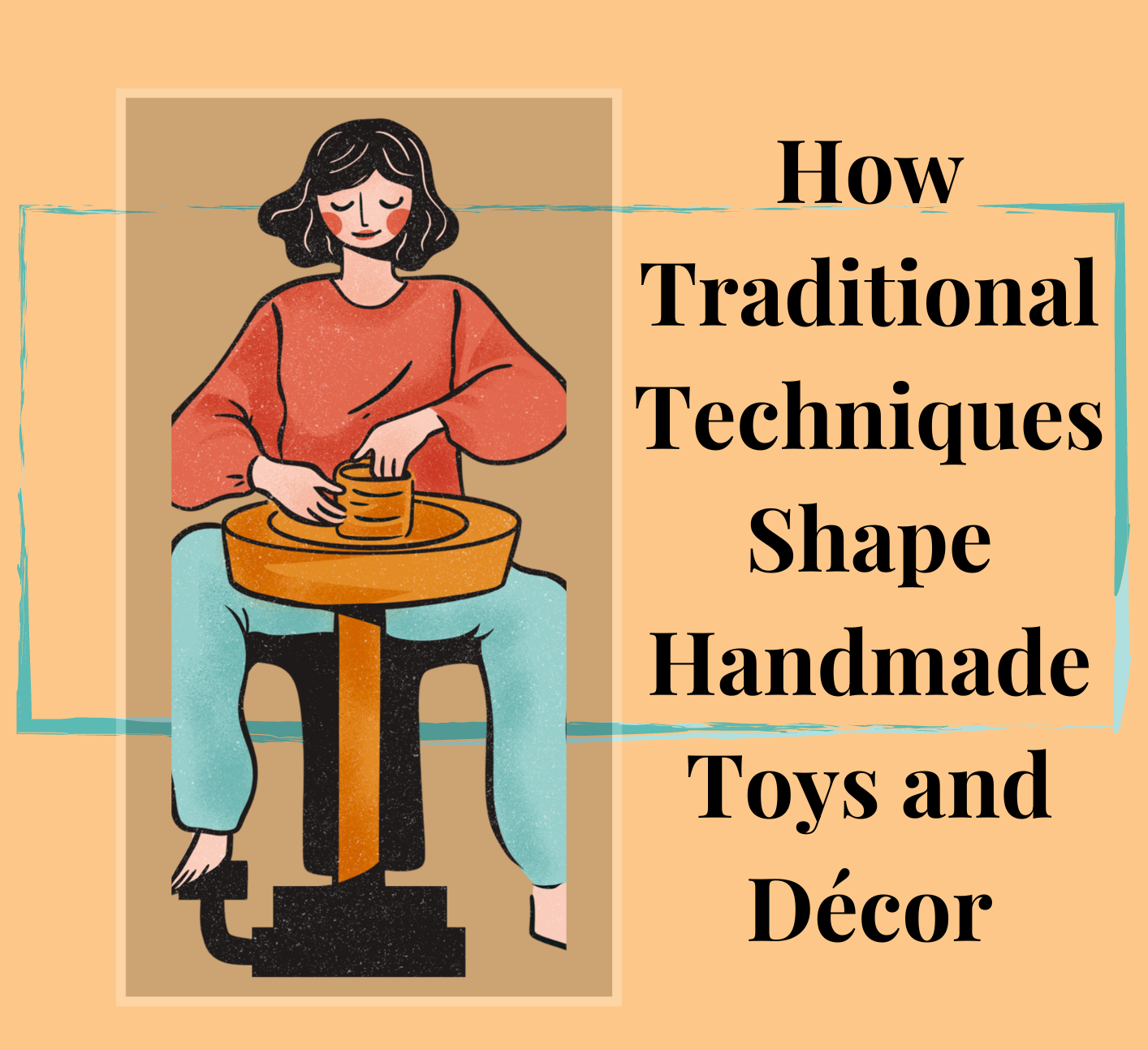

Aug 22, 2024





You can subscribe and listen to Rural Handmade on Apple Podcasts, Google Podcasts, SimpleCast, Spotify. If you're interested in sharing your story with us, please reach out to support@ruralhandmade.com